How to play Sudoku: Solving Strategy
How to solve sudoku; the grid-based puzzle which seems simple at first sight but as you solve further complexity increases? What if I told you that there are straightforward rules, which were followed by me and today I can solve easy to difficult any type of sudoku without getting stuck? This blog is a complete guide on how to solve sudoku step by step and has tips and strategies for beginners who find it difficult to solve completely. There is mathematics behind it, when you get to know, you'll slay. So, let's begin!
Okay, first, let me ask you a question: Have you ever wondered why Sudoku grids are always 9x9? Why not 8x8 or 10x10? What's so special about the number 9 in Sudoku?
The reason Sudoku grids are 9x9 is due to mathematical properties of the number 9 and the structure of the game itself. In a 9x9 grid, each row, column, and 3x3 sub grid must contain the numbers 1 through 9 without repetition.
This configuration is a balance between complexity and solvability, providing a challenging puzzle that remains manageable for most players.
The choice of 9x9 also aligns with human cognitive abilities, as our brains naturally organize information into patterns and groups of around 7, plus or minus 2, and 9 falls within this range.
Additionally, the divisibility of 9 and its relationship to other numbers ensure that the puzzle remains coherent and fair, facilitating the creation of a wide variety of unique and solvable Sudoku grids.
Thus, while other grid sizes are theoretically possible, the ubiquity of 9x9 Sudoku puzzles reflects a harmonious balance of mathematical principles and human cognition.
How to solve sudoku step by step:
Step 1: Understand the Rules
Sudoku is a logic-based puzzle. The objective is simple, fill a 9x9 grid with digits so that each column, each row and each of the nine 3x3 sub grids contain all the digits from 1 to 9. Sounds easy, right? Well, let's see by example.
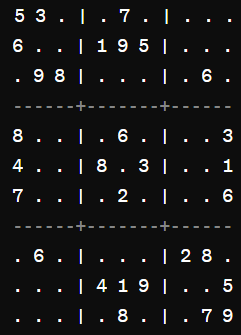
Start by filling in the obvious numbers. In this case, we can see that the number 1 is missing from the first row, so we can place it in the first empty cell:
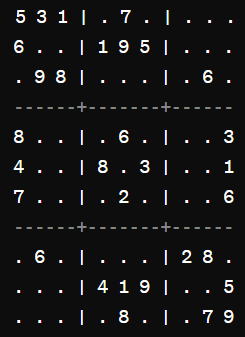
Step 2: Start Simple
Look for rows, columns, or sub grids with only one or two empty cells. In this grid, the second row only has one empty cell. We can fill it with a 2 because all other digits from 1 to 9 are already present in that row:
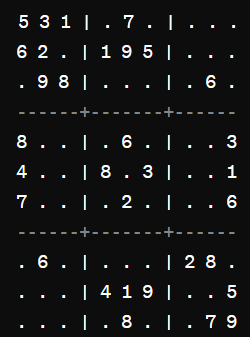
Step 3: Use Logic, Not Guesswork
Now, look for patterns and apply simple elimination techniques. For example, in the first column, the number 1 is missing. Since there's already a 1 in the first row, we can't place it in the first column. We can fill in the first column, first row cell with a 9:
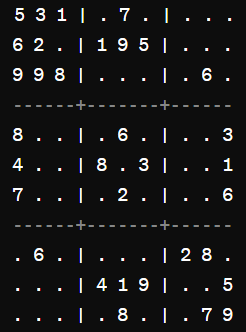
Step 4: Think Ahead
As you make each move, consider its impact on the rest of the grid. For example, placing a 9 in the first column, first row cell affects the rest of the first row, so we can now deduce that the third cell in the first row must be a 2:
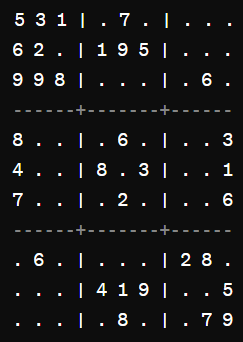
Step 5: Persevere and Practice
Sudoku can be challenging, especially at first. But like any skill, practice makes perfect. The more puzzles you solve, the better you'll become at recognizing patterns and applying logic. So don't give up! Here is complete sudoku.
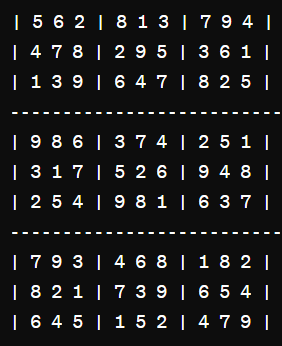
In conclusion, Sudoku is a fun puzzle game which needs logic and solving strategy. By following simple steps, you can crack even the difficult sudoku. Starting with the basics, understanding the rules, and then mastering more advanced tricks helps beginners and experts enjoy the game. Each step, from spotting missing numbers to trying different options when stuck, helps sharpen your problem-solving skills. Happy solving!




.webp)


